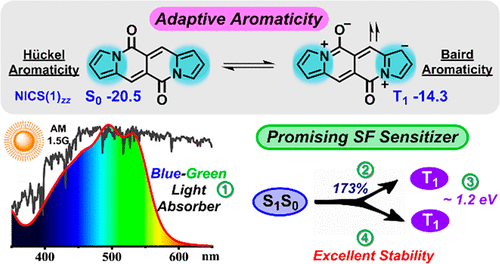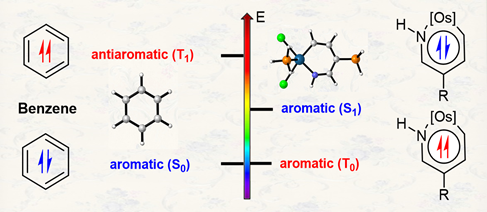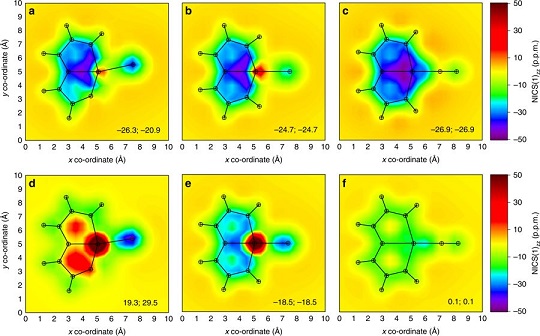Adaptive σ‐Aromaticity in an Unsaturated Three-Membered Ring
Submitted by Jun Zhu on Sat, 08/29/2020 - 08:50
Based on Hückel’s and Baird’s rules, species are aromatic either in the lowest singlet state (S0) or the lowest triplet state (T1) only. Thus, species with adaptive aromaticity (with aromaticity in both the S0 and T1 states) is particularly rare. On the other hand, σ-aromaticity in the T1 state has been underdeveloped, let alone adaptive σ-aromaticity. Herein, via various aromaticity indices including NICS, ACID and EDDB, we demonstrate adaptive s-aromaticity in an unsaturated three-membered ring, which is a traditional area dominated by π-aromaticity.







